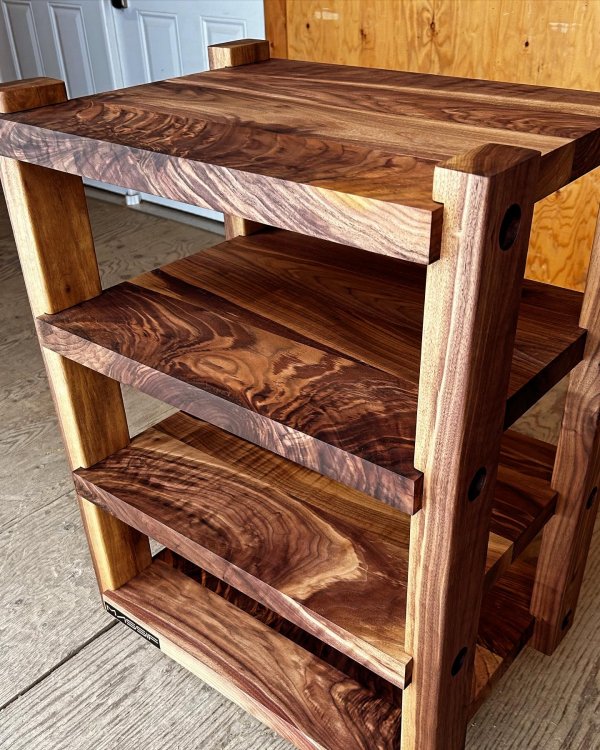Hi, Im sure you could find an opposing opinion to mine, but I do feel my opinion is both experienced and educated. I have built and installed , no lies, a few thousand solid wood pool tables. From Quebec to Nevada. Ive also built ( I should know this better) about 300 racks. If the wood in a rack (or pool table) is properly dried to around 7-8% moisture, and then sealed you shouldn't have a problem. Im in Ontario , 1 hr west of Toronto. Our winters are crazy dry. Our spring is wet, and our summer can be as humid as Memphis, y'all. Massif ships racks all over the US. We've yet to have a single one come back for warping or major cracking. All solid wood can possibly develop hairline fractures. Even wood that was grown, dried, finished and sold in your own area could , but that would be rare as well. Catastrophic splits and cracks would be a another story. Thankfully that hasn't happened. Most domestic and exotic hardwoods are fairly stable. Some aren't. We try to stay away from those.
As for construction styles. A single slab has a good chance or warping sometime within its life. A good woodworker would know to use alternating grains and use at least 3 slabs to make up any given shelf. Ill attach a pic of a black walnut rack that is shipping out tomorrow to South Carolina. Note the shelves have several pieces their respective make up. Im confident that Ill never see this rack again, except in photos.
If a rack can survive SW Ontario massive seasonal temperature and humidity changes, it can handle the Mid west as well.



